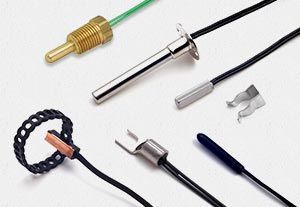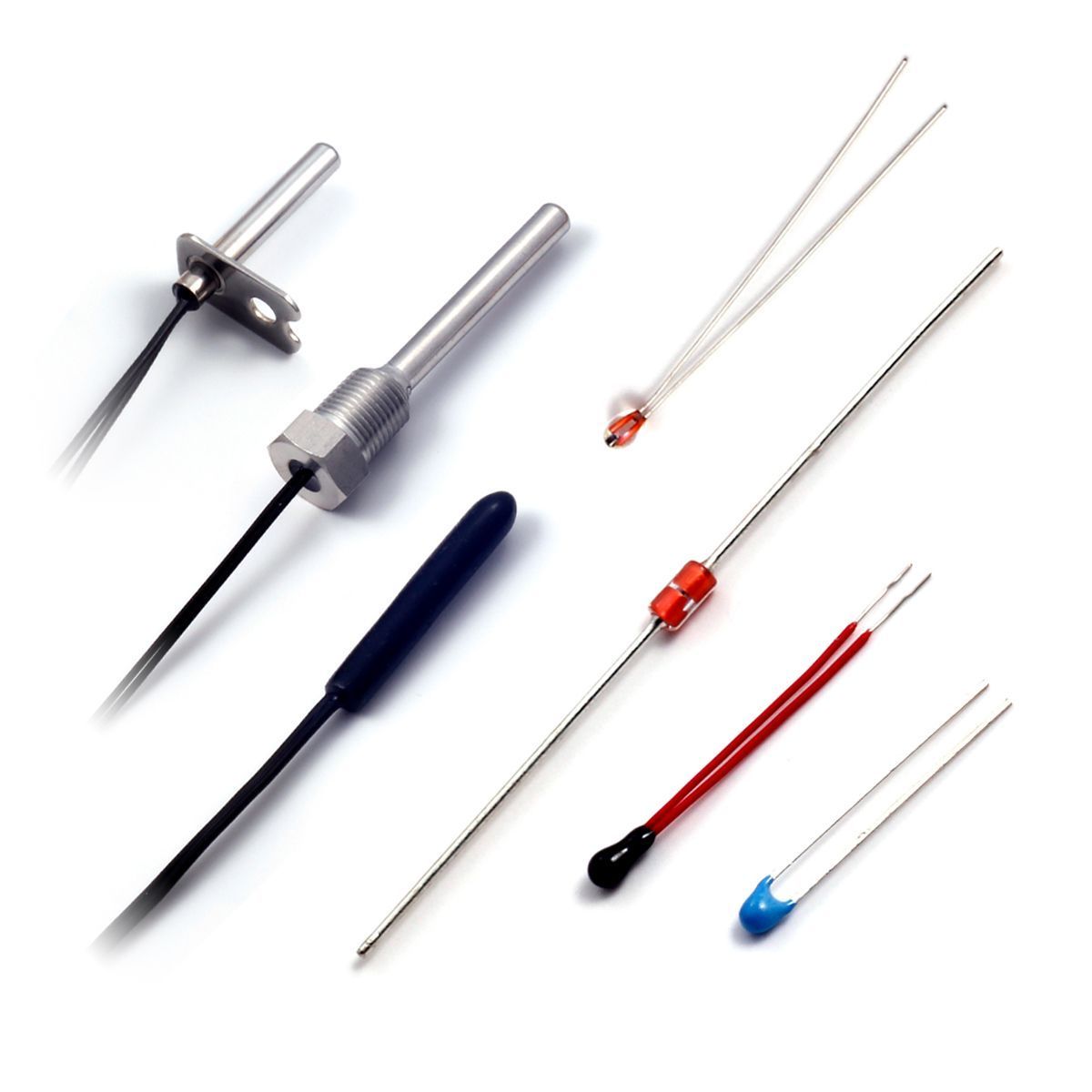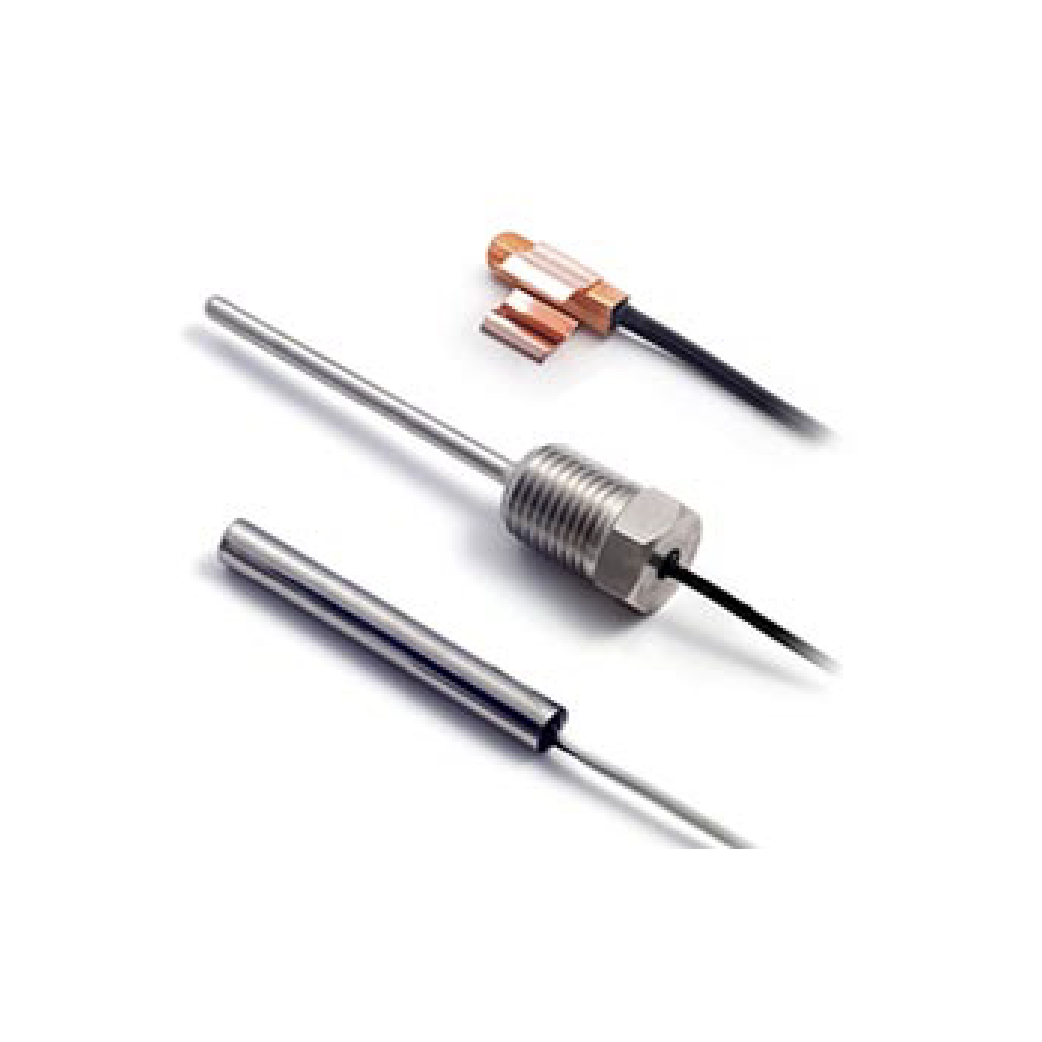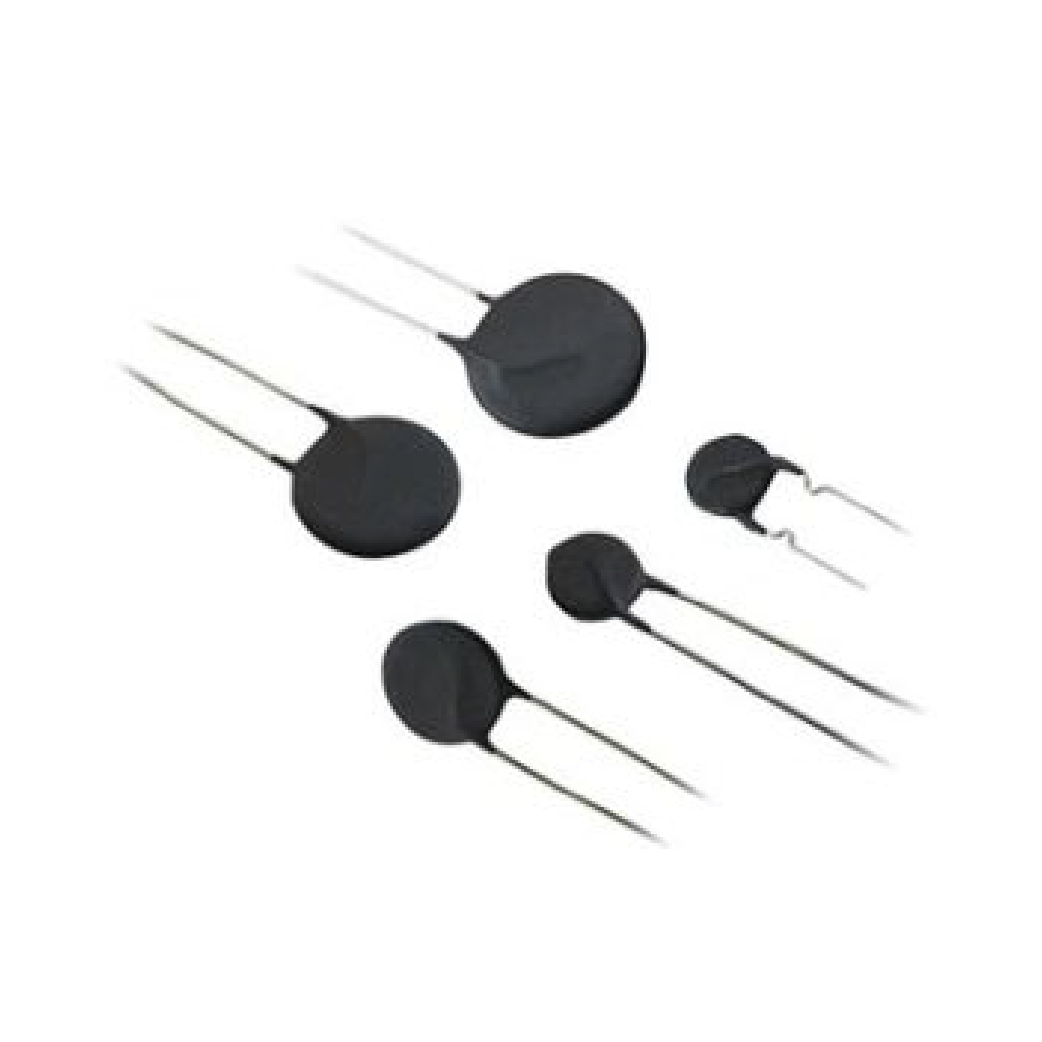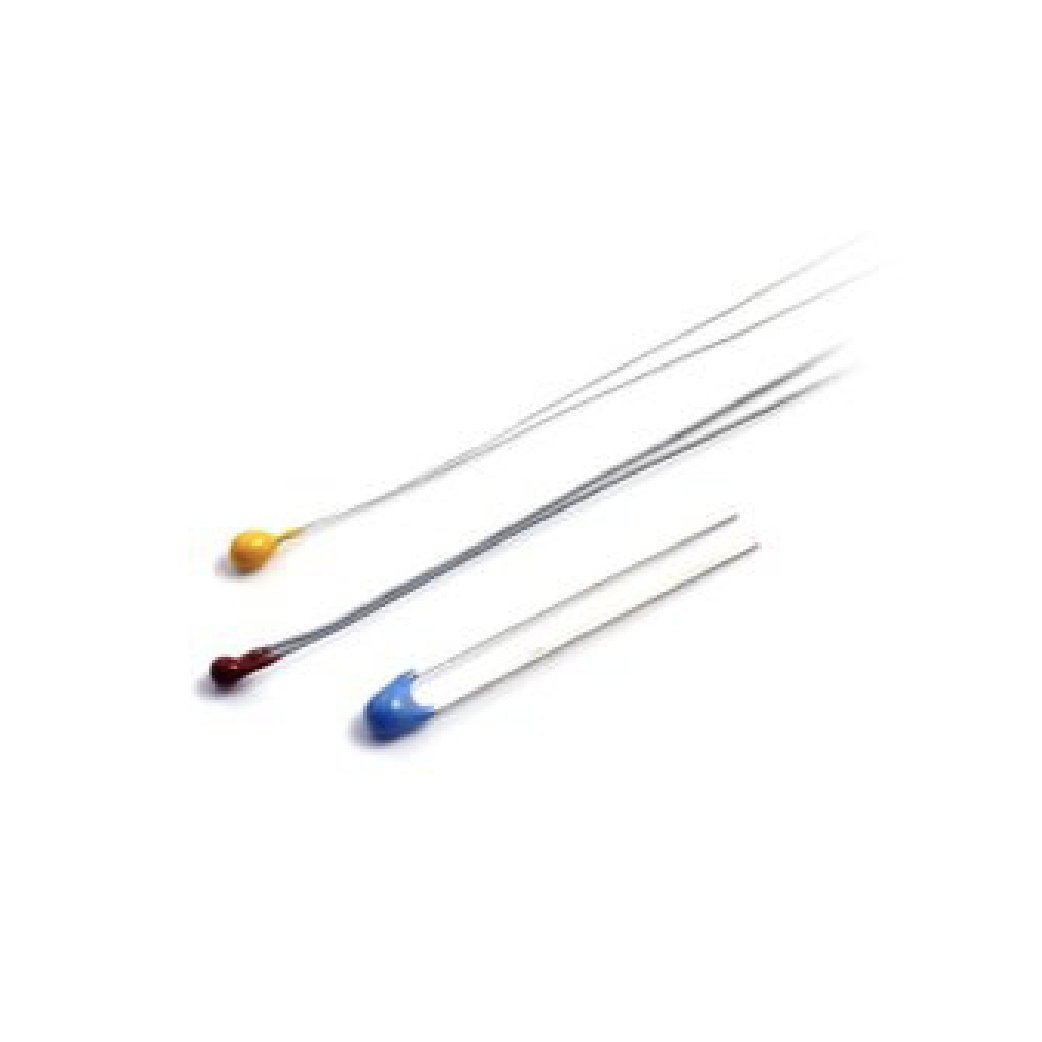BLOG
June 2, 2025
Thermistors are thermally sensitive resistors whose electrical resistance varies predictably with temperature. Thus, they are ideal for monitoring and controlling temperature in household and industrial settings. EI Sensor produces various temperature sensors in standard and custom configurations, including NTC and PTC thermistors, RTDs, and thermocouples.
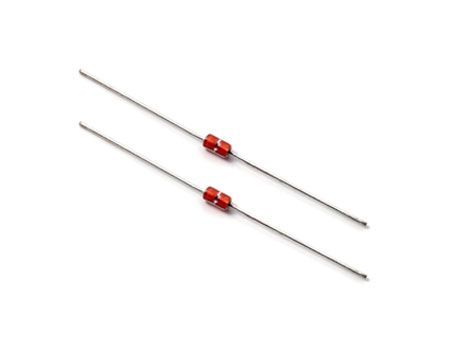
What is an NTC Thermistor?
There are two thermistor types. Negative-temperature-coefficient (NTC) thermistors exhibit less resistance at higher temperatures, while positive-temperature-coefficient (PTC) thermistors show more resistance at higher temperatures. NTC thermistors are powdered metal oxides, and their composition determines the thermistor’s electrical characteristics. NTC thermistor sensors have a non-linear temperature curve and withstand temperatures from -55°C to +300°C.
What is an NTC Thermistor Probe?
Because NTC thermistors are often used in demanding environments, they are commonly used as part of units called probes. In these, the thermistor is encased in a protective housing and connected to lead wires. The probe ensures the protection of the NTC thermistor and provides for easier field installation.
NTC Thermistors vs Thermistor Probes
NTC thermistors are sensors, but their use in demanding environments requires them to be configured as part of thermistor probes. These probes combine the thermistor and lead wires mounted in a metal or plastic thermowell or protective housing.
How Do NTC Thermistors Work?
Thermistors are powdered metal oxides or ceramics with known resistance curves. By connecting a thermistor to an electrical circuit, temperature variations are measured based on changes in the thermistor’s resistance.
Types of NTC Thermistors
Five common types of NTC thermistors differ in robustness: glass-encapsulated, glass bead, epoxy-coated, surface mount, disc, and chip. The glass-encapsulated versions have axial lead wires and are suitable for harsh environments because the glass capsule protects them from chemicals, moisture, and physical damage.
Glass Bead thermistors feature a radial lead wire with fast response times and, like the axial lead version, they are suitable for harsh environments. Epoxy thermistors have uninsulated or insulated lead wires, with excellent long-term reliability. Surface-mount thermistors come in various configurations and work well in non-caustic environments. Disc and chip-type thermistors are the bare-bones version, which have excellent thermal stability. Discs generally have a slower response time than the chip style.
Typical Applications of NTC Thermistors
NTC thermistor applications include temperature measurement, control, and compensation applications, such as temperature sensing and control, current control, inrush current limiters, and overheating prevention.
Pros & Cons of NTC Thermistors
NTC thermistors come in various configurations, some more suited for one environment or application than another.
Pros
NTC thermistors exhibit high sensitivity and quick response in operation, yet are small and inexpensive relative to other temperature sensors.
Cons
The resistance of NTC thermistors is non-linear, so complex equations are needed for accurate readings.
EI Sensor offers a range of standard and custom temperature sensors, including NTC thermistors. If you have questions, contact us; we’ll gladly help. We also support customers whose unique temperature measurement requirements require us to develop custom solutions.


